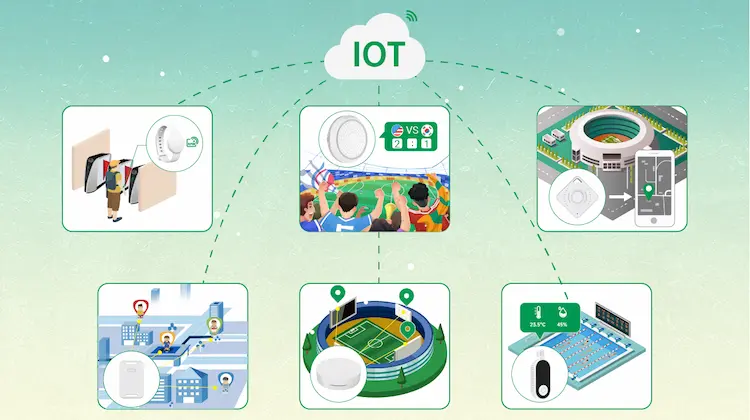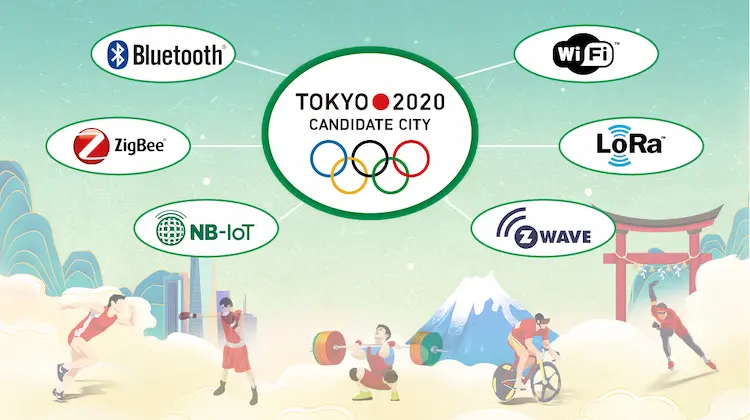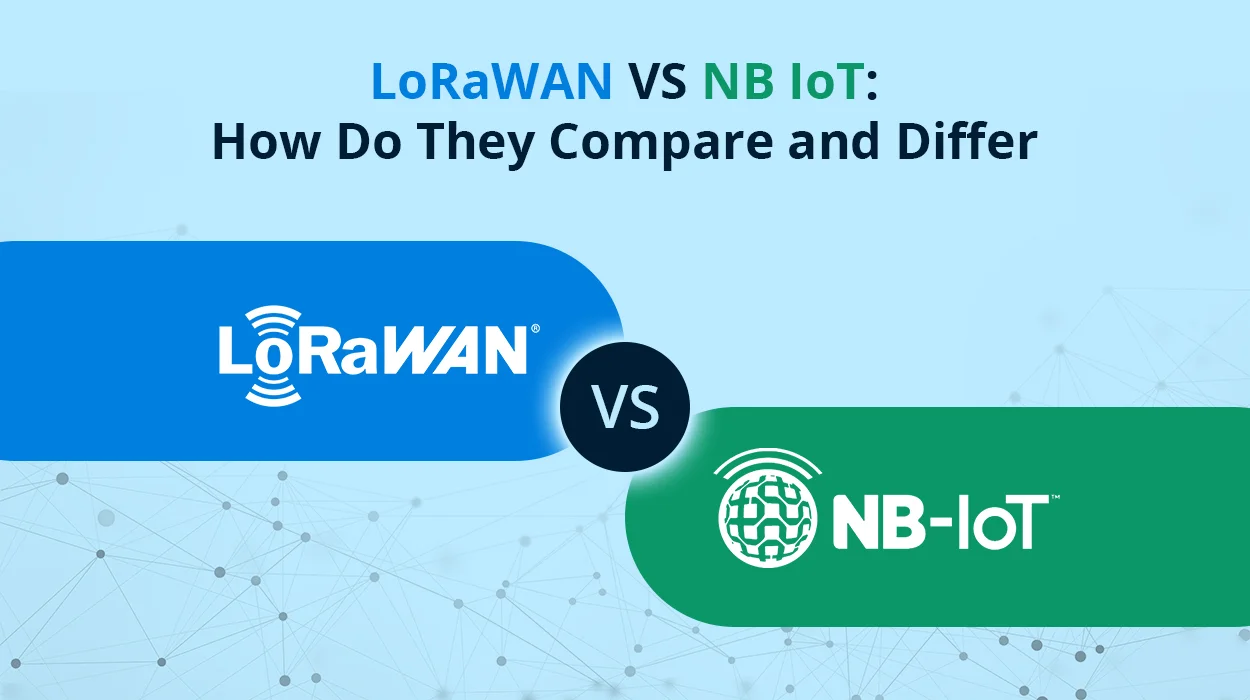After every four years, world athletes gather to participate in the world Olympic games, where they compete in various events. The latest Olympic Games were held in Tokyo, Japan. In fact, the games were exceptional; they integrated more and more of the Internet of Things. From the assessment techniques to the athlete’s field performances, IoT contributed significantly to the success of the 2021 Olympics games.
IoT in Olympics games 2021 gave a great opportunity to various nations to showcase the global technological development in the sports arena. Essentially, the games contributed to the development of Japan. The Olympic games were integrated with several IoT technologies making the competitions much smarter and fair to everyone.
Some IoT products used during the 2021 Tokyo Olympic games similar to those manufactured at MOKOSmart include smart wearables, beacons, GPS trackers, Smart plug sockets, temperature & humidity sensors, and many more.
IoT in Olympics Games 2021
In the Tokyo Olympics games, IoT technologies were incorporated to enhance the accuracy and interactivity of the games. Below are some use cases of the IoT in Olympics games 2021.
Smart Stadiums
Smart stadiums were used at the Olympics games 2021 to improve the user experience for all spectators. Also, the smart stadiums made it easier for viewers at home to observe all metrics in real-time, as this stadium’s connectivity increased prompt replays on the stadium’s application.
Robot Assistants
Robot assistants were used during the Olympics games 2021 to welcome viewers and athletes and provide on-field assistance. The IoT technology enabled these robots to choose the appropriate routes, scan, move and communicate. For effective communications, the robots were programmed in a way they understood and spoke many languages.
Scanner Cameras
IoT played a crucial role in the Olympic games; the technology was applied in scanner cameras as a key part of improving the accuracy of the games. As replay cameras are always accurate, scanner cameras were part of IoT in the Olympics games 2021. These unique cameras helped the officials to determine the winners; they filmed and did a fine-tuned analysis of all events held during the Olympics.
Applications of the IoT technology in the Tokyo 2021 Olympics games
Smart Check-In
The Smart Check-In IoT solution offered an excellent first and last impression to the visitors and participants in the Olympics games 2021. It enabled guests to easily self-manage check-in and out functions from the stadiums. The Smart Check-ins were completely automated; thus, they allowed a fully customizable experience.
Notification beacons
Beacons were also part of IoT in Olympics games 2021. They were used to send out notifications regarding the upcoming events to the athletes and spectators. Moreover, they were used to direct visitors to the specific web pages automatically. The Japanese government has adopted the beacons technology in sending out various customs URLs to their people of interest.
Navigation
IoT wireless technologies enabled the Olympic games officials to find the athlete’s position easily. Also, IoT in Olympics games 2021 allowed the Japanese government to navigate the surrounding areas using the GPS tracking solution.
Participant’s location monitoring
Other than tracing the athlete’s health and fitness, the data recorded by GPS devices were used to map the position of a player. This helped the officials easily identify the less covered spaces and offered insights into how various spaces in the field can be utilized. The Japanese government incorporates location monitoring to acquire information on a specific player’s physicality and tactic needs.
Asset tracking
Valuable assets can be tracked by leveraging the IoT technology that uses Global Positioning Systems. GPS helps to monitor and manage the geo-position of an asset via sensors, connected devices, and sophisticated data analytics. The Japanese government applied IoT in the Olympics games 2021 to track valuable assets used in the competition.
Contact tracing solution
The CDC has identified contact tracing as a pivotal solution to preventing the further spread of COVID-19. The Japanese government took control of contact tracing during the 2021 Olympic games by using physical tags to log close contacts proactively.
Power and energy metering
IoT in the Olympic games 2021 was also incorporated to meter power and energy remotely automatically. This saved time and money. Moreover, the Japanese government used the Internet of Things to identify any abnormalities from the data collected. This significantly helped in improving the operational processes of the event.
EV charging solutions
The Olympics games 2021 incorporated an innovative IoT mobility solution of electric vehicles from the Toyota Company. These e-pallet vehicles ensured that all athletes and officials were safely and efficiently moved to the required destinations. The e-Palette vehicles of the Tokyo 2020 version used a rechargeable electric battery. Even after the Olympics Games, the Japanese government has encouraged its citizens to use electric vehicles. Thus, they are widely used in Tokyo for mobility purposes.
Smart plug socket
Smart plug sockets enable the user to control appliances conveniently from anywhere using an application installed on their phones. The application permit users to set schedules for the smart plugs to automatically turn on and off at set times and on certain days. Smart plug sockets were still part of IoT in Olympics games 2021. They were used to collect data on the energy consumed by the connected appliances. They incredibly helped the Japanese government to minimize the energy used during the event.
TH sensor on the cold chain logistics
TH sensors are used to measure the relative temperature and humidity in the air. They were used in the Olympic games during the cold chain transportation of frozen food, dairy products, and pharmaceuticals used by the athletes and visitors.
Other applications of the IoT technology in 2021 Olympics Games
Connected Fans
The Tokyo 2021 was focused on connecting the most things with a clear objective that mattered in Olympics – the athletes and the fans. IoT technologies such as Bluetooth, Wi-Fi, and LoRaWAN allowed fans to track their connected athletes of interest. This changed how sports are analyzed, watched, and played. Sensors implanted on the athletes’ clothes allowed fans to detect, track easily, and differentiate players in a pile. Thanks to the IoT Olympics technologies, fans could collect information from multiple sources during the games and record it in the IoT Cloud platform for detailed analysis.
Cyber Olympic Judges
The IoT technology and sensors played a big role in assisting the Olympic judges in making exclusive decisions. Olympic judges were able to watch the games in real-time with the help of smart glasses linked to AR applications. Multiple cameras and sensors integrated to IoT technologies like Wi-Fi, Bluetooth, and LoRaWAN enabled the Olympic judges to make more accurate and unbiased decisions.
Cyber athletes
IoT technologies and sports science played a critical role in assisting athletes in optimizing their physical output. Athletes during the Tokyo 2021 Olympic games were closely monitored using IoT technologies. For prediction and injury prevention results, the athletes used predictive and preventive analytics with the help of IoT technologies. VR, AR, machine learning and other technologies improved the performance of the games taking the value of sports a notch higher.
































